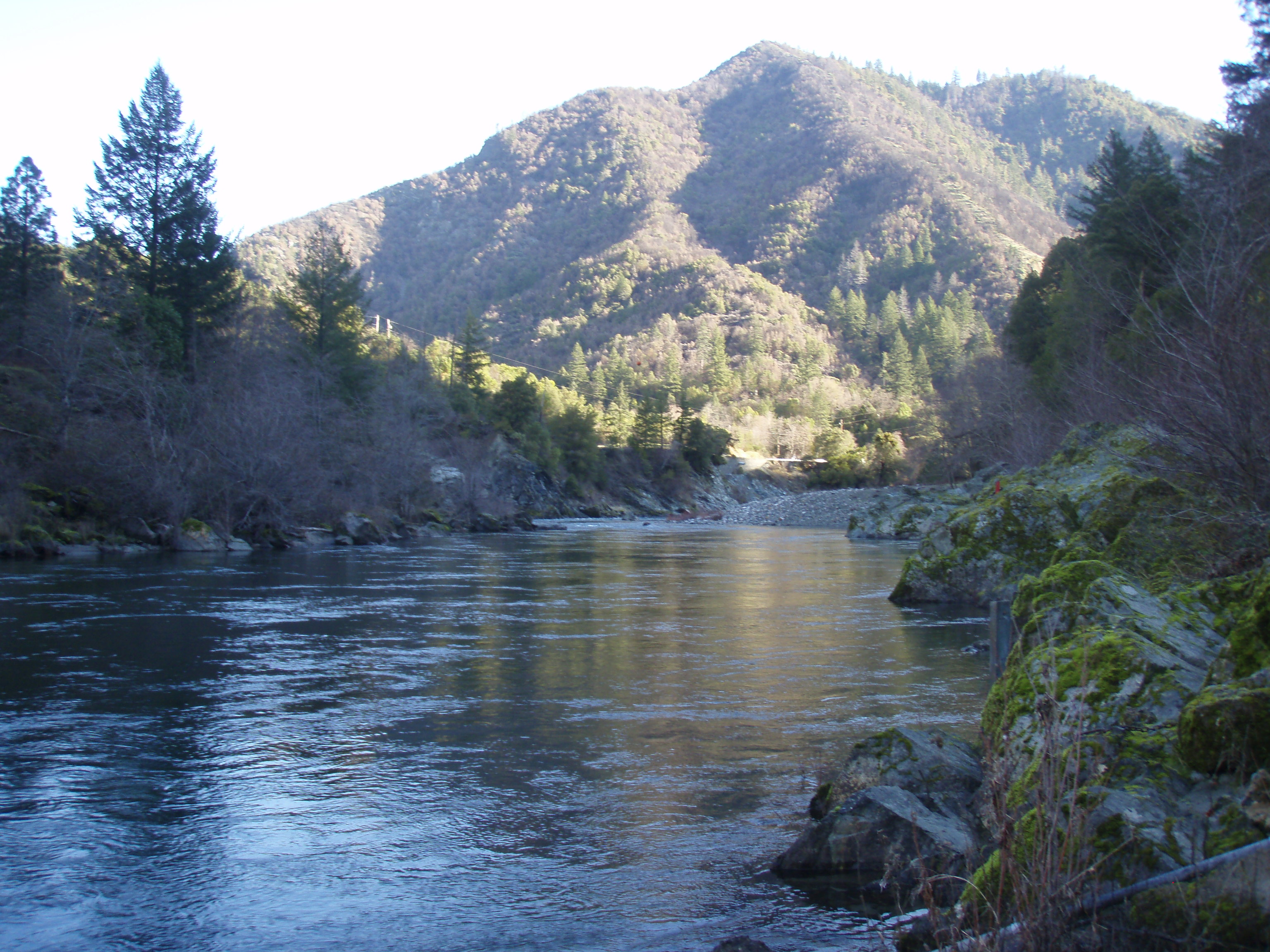Water Quality
Klamath Basin Water Quality Investigations

This river once supported a very productive salmon fishery, and provided a main food source and way of life for our people. Now because of upriver actions such as the construction of dams, overallocation of diverted and pumped water, agricultural and ranching activities, and polluted runoff, our seasonal salmon runs are in danger of becoming extinct. In addition, poor water quality has led to health risks associated with swimming in the Klamath River, impairing our ceremonies.
Water temperature in the Klamath River can reach up to 80 °F in the summer, when migrating adults and growing juveniles need temperatures below 68 °F in order to survive and grow properly. Oxygen levels are reduced by excessive plant growth due to warming waters and high nutrient levels from Upper Basin agricultural activity. Prior to dam removal, massive harmful algae blooms in the reservoirs turned the river bright green and released toxins into the water. Now, as dam removal progresses, we are working with the Yurok Tribe, USGS, and RES to monitor conditions in the river to ensure minimal impacts from reservoir drawdown and dam demolition.
The Karuk Tribe collaborates with other entities in the Klamath Basin including the Klamath Tribal Water Quality Consortium (Yurok Tribe, Hoopa Tribe, Pulikla Tribe of Yurok People, and Quartz Valley Indian Reservation), regional collaborations with other salmon tribes and scientists, and cooperative agreements with the US Environmental Protection Agency, US Geological Survey, and US Fish and Wildlife Service. We also work closely with the Klamath River Renewal Corporation and RES on dam removal and restoration.
Karuk Water Quality in the news:
Water Quality Monitoring for Klamath River Restoration (RES)
Scientists are Tracking Ecological Indicators as Klamath River Dams Come Down
What We're Learning Before the World's Largest Dam Removal
Potentially Dangerous Algae Blooming at Iron Gate, Copco Reservoirs
| Real-Time Water Quality Reporting Webportal-
Real-Time Water Quality Reporting
|
|||||||||||||||||||||||||||||||||||
Available Water Resource Documents
|
|||||||||||||||||||||||||||||||||||
Technical Reports
|
|||||||||||||||||||||||||||||||||||
Journal Articles
|
Technical Reports
|

